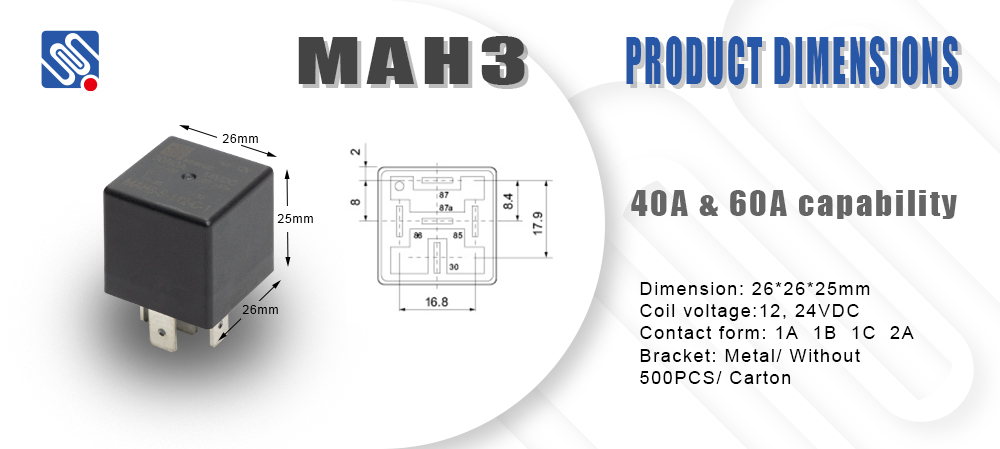Relay troubleshooting is a vital skill for anyone working with electrical circuits, automation systems, or control panels. A relay, acting as an electrically operated switch, plays a significant role in controlling various electrical devices and circuits. However, like any mechanical or electrical component, relays can malfunction, leading to system failures or irregular operation. Identifying the root causes of these problems and troubleshooting effectively can save time, reduce operational downtime, and prevent further damage to the system.

Understanding Relays and Their Common Problems A relay typically consists of a coil, contacts, and an armature. When current flows through the coil, it generates a magnetic field that moves the armature, opening or closing the relay contacts. These contacts can either be normally open (NO) or normally closed (NC), depending on the relay design. The ability of relays to control large currents with a low control voltage makes them integral to various applications, from industrial machinery to home automation systems. Despite their usefulness, relays are prone to several common problems that can compromise their functionality. Some of these include: